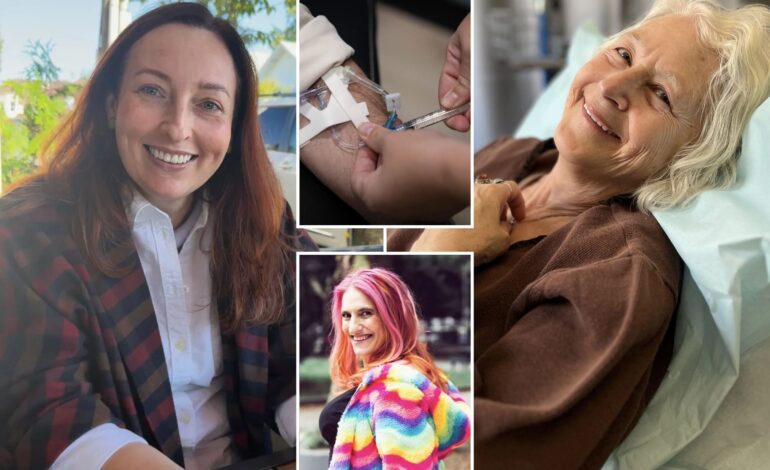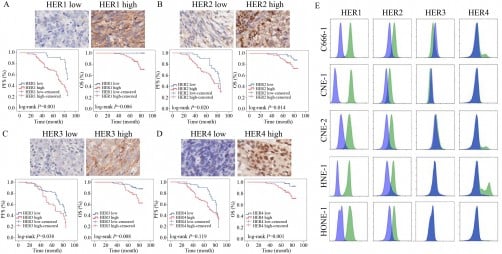Ketamine Therapy Gains Traction as a Lifeline for Depression

The rise of ketamine therapy is providing new hope for individuals battling mental health issues such as depression and post-traumatic stress disorder (PTSD). Patients, who previously struggled with traditional treatments, report significant relief as clinics offering ketamine infusions gain popularity across the United States.
At the forefront of this movement is the Nushama Wellness Center in New York City, where patients like Steph Mahrle, a 43-year-old from Bergen County, New Jersey, seek alternative solutions for their mental health challenges. Mahrle, who has dealt with complex post-traumatic stress disorder, found that conventional therapies, including over a decade of cognitive behavioral therapy and two years on an SSRI, did not provide lasting relief. “I was still suffering with regular nightmares, disassociating with environmental triggers, and hypervigilance,” she explained.
Mahrle’s experience with ketamine therapy started with a warning from her integrationist, who advised her to ground herself during potentially overwhelming sensations. “When I felt like I was falling into an abyss of space, I would use my wedding ring as a totem of sorts,” she said. Initially, her sessions lasted up to one hour and 45 minutes, making her reliant on a walker. Now, after several months, Mahrle has progressed to shorter sessions and reports that the treatment has given her a “deep sense of relief.”
Rising Popularity of Ketamine Therapy
The surge in clinics offering ketamine therapy reflects a growing acceptance of the drug as a viable treatment for mental health disorders. Estimates suggest that there are over 1,000 clinics in the United States, with at least a dozen located in New York City alone. Originally used as an anesthetic and known for its hallucinogenic effects, ketamine is now recognized for its potential to “rewire” the brain in patients suffering from depression and PTSD.
For Rita Vainius, a 75-year-old resident of Socrates, New York, ketamine therapy was a last resort after years of severe chronic depression. “I was in at least six hospitals and had at least two or three suicide attempts,” she shared. Following a recommendation from her psychopharmacologist, Vainius began her ketamine journey, which has been marked by emotional highs and lows. “The treatment itself can be quite intense,” her daughter Iri Greco noted, reflecting on the emotional rollercoaster that can accompany sessions.
The transformative potential of ketamine therapy is echoed by another patient, Karen Zechowy, who described her previous struggle with depression as isolating. “I couldn’t even answer the phone, respond to an email, get to a Zoom meeting,” she recalled. After multiple hospitalizations and unsuccessful attempts with various medications since the age of 17, Zechowy found that ketamine was the first treatment to alleviate her suicidal ideation. “After suffering from all the side effects of psychiatric medications, it felt like a gift from above that my depression treatment could be such a wonderful hour,” she said.
Clinical Perspectives and Cautions
While advocates for ketamine therapy highlight its benefits, medical experts emphasize the importance of supervision during treatment. Dr. Nico Grundmann, the co-founder and medical director of Ember Health, a ketamine therapy clinic, points out that over 90% of clinical trials on ketamine have focused on mental health conditions like major depressive disorder and bipolar disorder. “We have 50% more studies on ketamine than we do on Zoloft at this point in time for clinical depression,” he stated.
Despite its promise, ketamine therapy is not without risks. Side effects can include hallucinations, forgetfulness, and feelings of disconnection. Both Mahrle and Vainius reported experiencing these effects during their sessions. “The hallucinations can be therapeutic,” Mahrle noted, while also acknowledging that they can be anxiety-inducing for some patients.
Given the potential for misuse, particularly by those with a history of addiction, clinics must adhere to strict monitoring protocols. Dr. Grundmann emphasized that patients are closely observed until they are deemed safe to leave after treatment.
As patients like Mahrle and Zechowy continue to advocate for ketamine therapy, they acknowledge that it is not a one-time fix. “Ketamine doesn’t prevent depression in the future,” Dr. Grundmann cautioned. “It’s not a cure for depression in the sense that you’ll never need treatment again if you do this.”
Despite these challenges, the positive impact of ketamine therapy is undeniable. Vainius reflected on her own experience, stating, “Ketamine therapy gave me my life back — a life that mental illness had totally stolen from me.” For many, it represents a crucial step towards reclaiming their mental health and finding new pathways to recovery.






